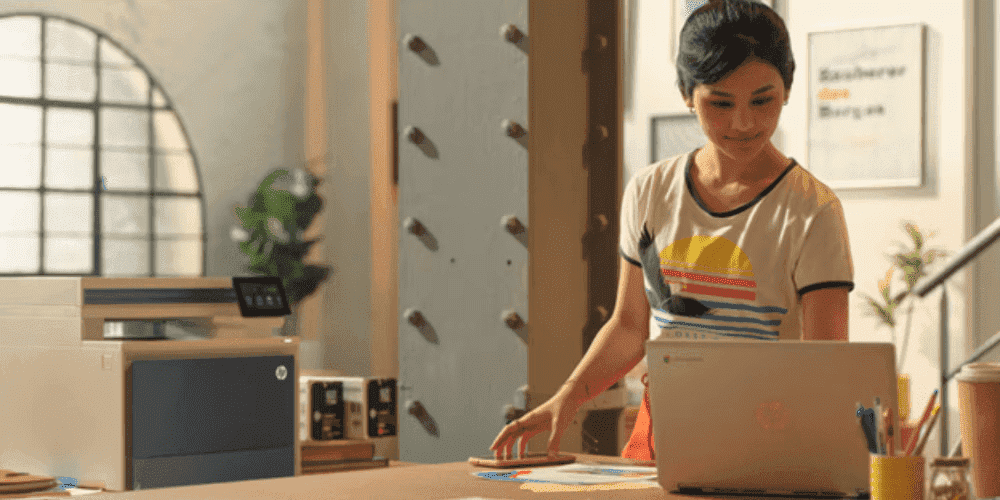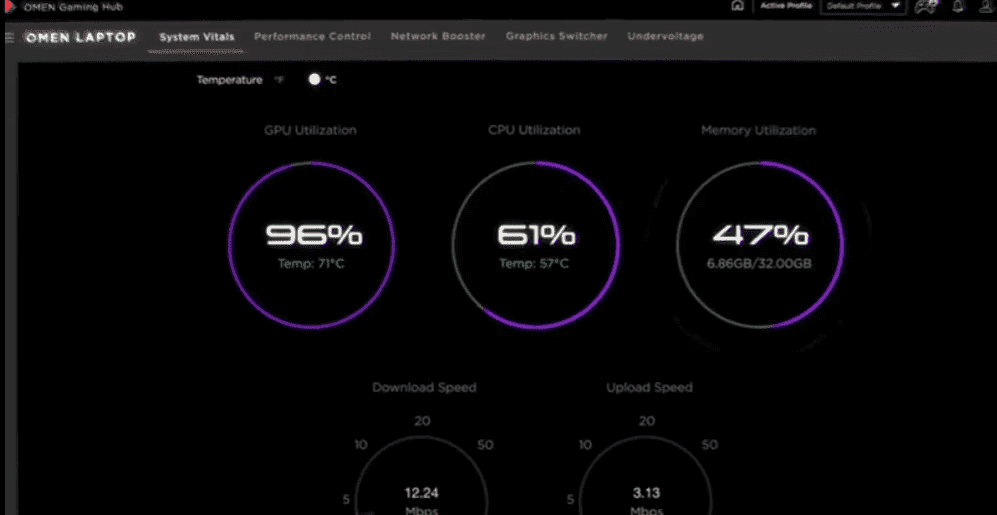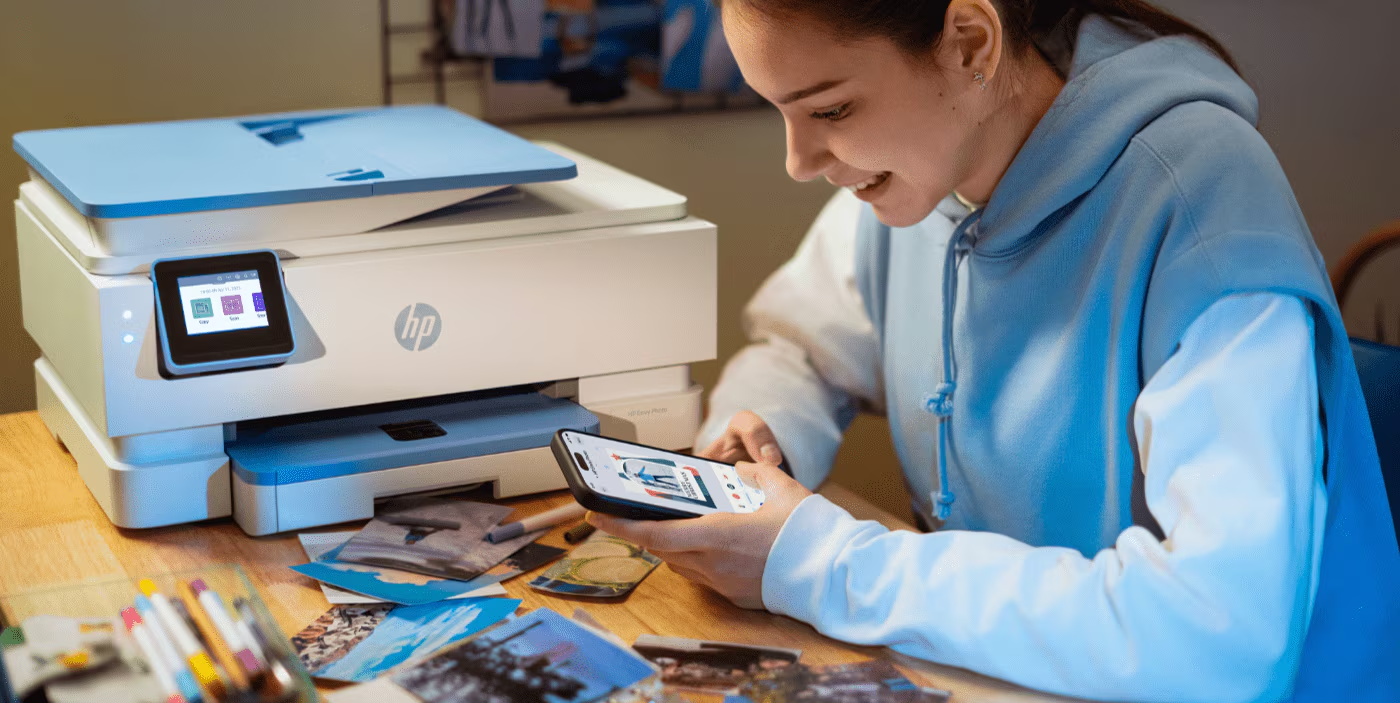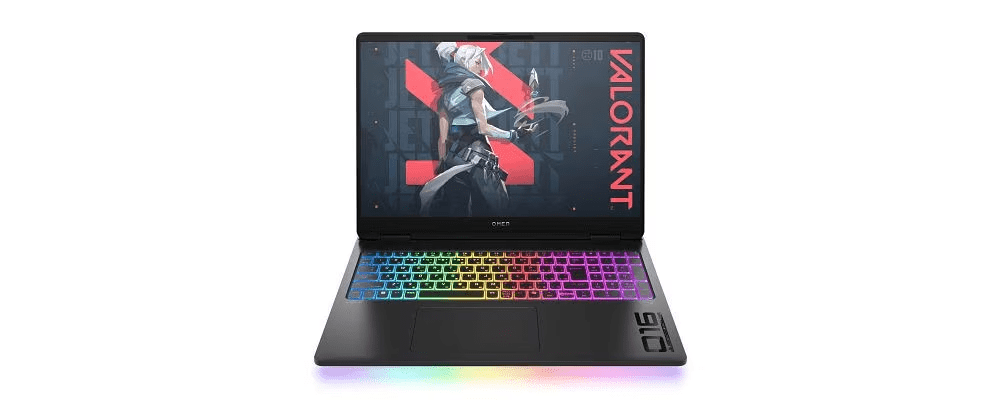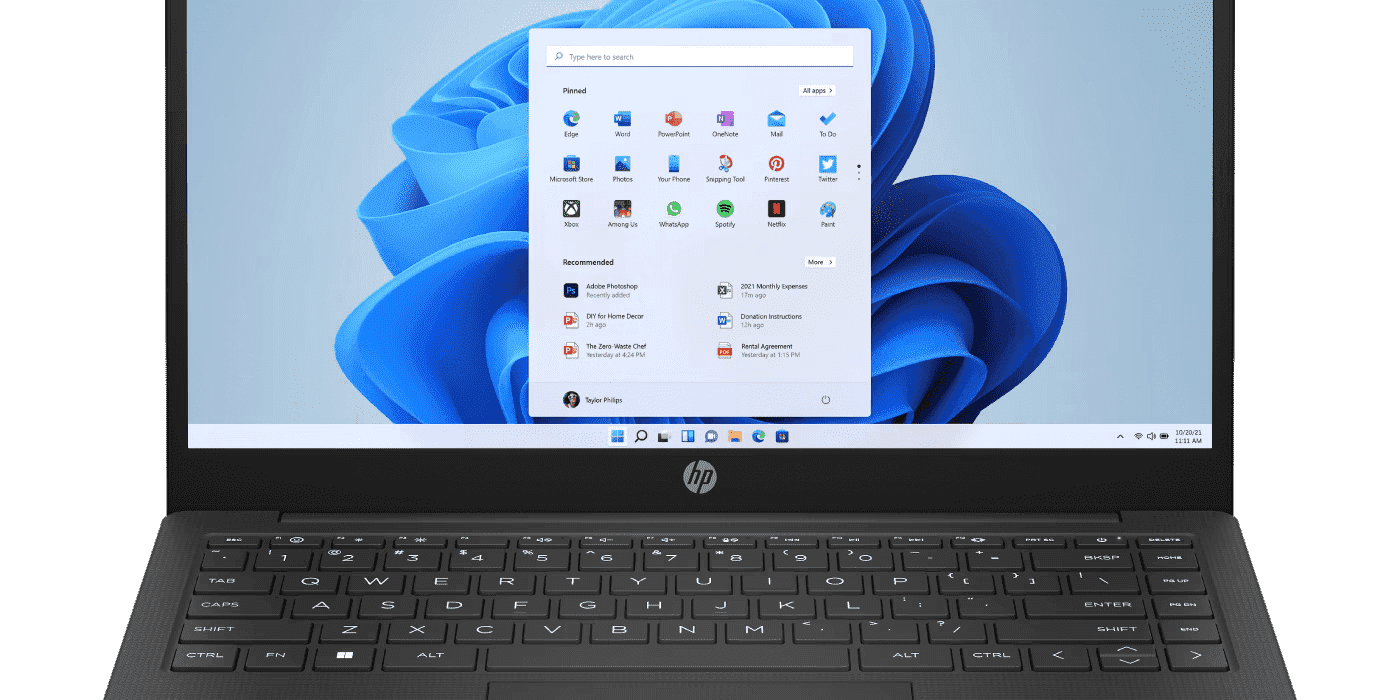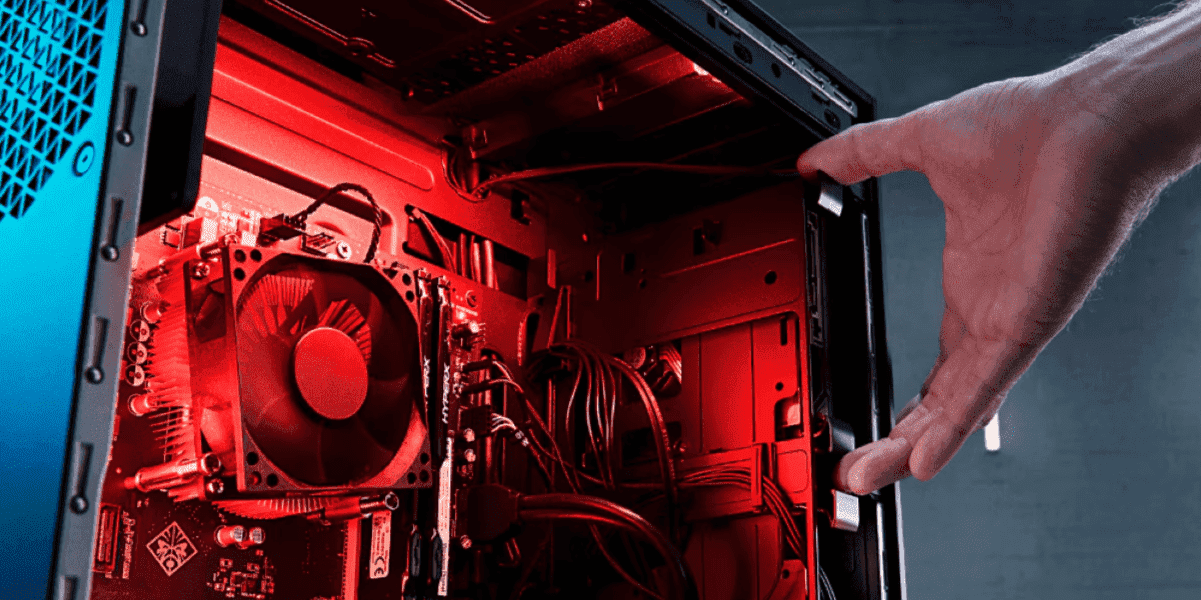Thank you for visiting the NEW ZEALAND HP Store
-
Contact Us
CONTACT USCall us
- Sales
- 0800 854 848
- Technical support
- +64 9884 8600
Mon-Fri 9.00am - 6.00pm
(exc. Public Holidays)
Chat with us- Our specialist are here to help
- Live chat
Mon-Fri 9.00am - 6.00pm
(exc. Public Holidays)
Submit feedback We value your opinion! - My Account
How to Fix USB Device Not Recognized


Many of our storage devices and computer accessories use a USB connection to function. But what happens if your computer doesn’t recognize your USB? While a common problem, it’s usually easily fixed. Learn how to troubleshoot this issue in our step-by-step guide.
Reasons for Windows not recognizing USB devices
If you get an error message alerting you that there is a USB device not recognized, it can be frustrating. We rely on our accessories to help us stay productive. In the case of a storage device that produces this error, for example, you won't be able to access important files. The reasons for the error can be a driver problem, a damaged USB device, or improper settings. Some of these issues are easier to fix than others.
How to fix a USB not recognized
If your desktop computer or laptop doesn’t recognize your USB devices, don’t be alarmed. While inconvenient, it shouldn’t be a permanent problem. It’s also one of the easier problems to fix so you can get back to work in no time.
OPTION 1: COMPUTER RESTART
Let’s face it. There’s some truth to the old IT adage that many computer glitches can be fixed by turning your computer off and on again. An unrecognized USB device can sometimes be the result of an error that the computer will resolve upon restart.
Be sure you safely close out of all programs and use the Start Menu to restart your PC. This may resolve your USB recognition error.
OPTION 2: TRY A DIFFERENT PORT
Is your computer getting older? Do you frequently use the same USB port out of convenience? Try to use the USB device in another port. If you don't have the same issues, it's probably a physical defect in your favourite port. You can choose to have it fixed or start relying on the new location for plugging in accessories.
OPTION 3: TRY A DIFFERENT COMPUTER AND DEVICE
There’s a small chance that your USB device is damaged and not your PC. Try inserting the device into another computer. Is there still an error message? It’s possible that your device has physical damage and isn’t usable.
OPTION 4: UPDATE WINDOWS
A much-needed Windows update could fix this problem because many updates include drivers as well. See that you have the latest Microsoft updates by following these steps:
- Open your Settings
- Choose Updates and Security
- Select Windows Update
- Then click Check for Updates
Your computer will let you know if it needs to update and will ask for permission to install and restart.
OPTION 5: UPDATE DRIVERS
Drivers seem to be the root of many computer problems, and USB device errors are no exception. In Windows 10, you can attempt to solve driver errors by updating your device driver. To do this, follow these steps:
- Push the Windows + R keys
- Type devmgmt.msc in the box to prompt the device manager to open
- Go down the list until you see Universal Serial Bus Controller and click the plus icon to expand
- Find the USB device (It may have a yellow exclamation mark next to it)
- Select Update driver software, then choose Browse my computer for driver software and Let me pick from a list of available drivers on my computer
- Choose Generic USB Hub, then click Next
Windows should start the update on its own and let you know when it's finished. Try using your USB device again to see if it works.
OPTION 6: CHANGE ROOT HUB SETTINGS
If you’re still not getting the desired result, changing a small setting could help:
- Push the Windows + R keys
- Type devmgmt.msc in the box to prompt the device manager to open
- Go down the list and find Universal Serial Bus Controller, then click to expand
- Find the USB Root Hub and right-click it
- Select Properties to open a new window
- In this new window, choose the Power Management tab
- Uncheck Allow the computer to turn off this device to save power
- Click OK to save your changes, and repeat this for all Root Hubs
You may need to restart your computer for this to take effect.
OPTION 7: DISABLE FAST STARTUP
While it’s not entirely clear why Fast Startup in Windows 10 can cause errors, disabling this feature has created a positive outcome for many users with USB issues.
- Type Control Panel into the Startup Menu search field, or ask Cortana to open it for you
- Access the Hardware and Sound category
- Select Power Options
- Find Choose what the power button does on the left-hand side
- Click Change settings that are currently unavailable
- There will be a box next to Turn on fast startup. Make sure that is unchecked
- Click Save to keep your changes and close out the window
Try your USB device again.
How to prevent future errors
While this is a common problem that will likely happen again in the future, there are a few steps you can take to limit the potential.
- First, always use the Eject function to remove a USB device
- Do this by right-clicking on the USB icon in the lower right icon tray on your desktop and selecting Eject to tell your computer that you want it to disconnect from the device
- After you’ve been given the all clear - typically a message that it’s safe to remove the device - you can physically pull the USB product out from your laptop or desktop port
If you don’t see a message that it’s safe, try closing out all programs, windows, or folders that may still be in use by the USB and try again. You may also have to restart your computer with the device still inserted and try ejecting it again.
In summary
USB devices are an important part of how we use our computers. Without them, we would have limited options for the storage, keyboard, mouse, and sound devices we enjoy the most. Fixing a USB error takes a bit of time, but having the full features of your PC or laptop is worth the effort.
- Sales
- 0800 854 848
- Technical support
- +64 9884 8600
Mon-Fri 9.00am - 6.00pm
(exc. Public Holidays)
- Our specialist are here to help
- Live chat
Mon-Fri 9.00am - 6.00pm
(exc. Public Holidays)
